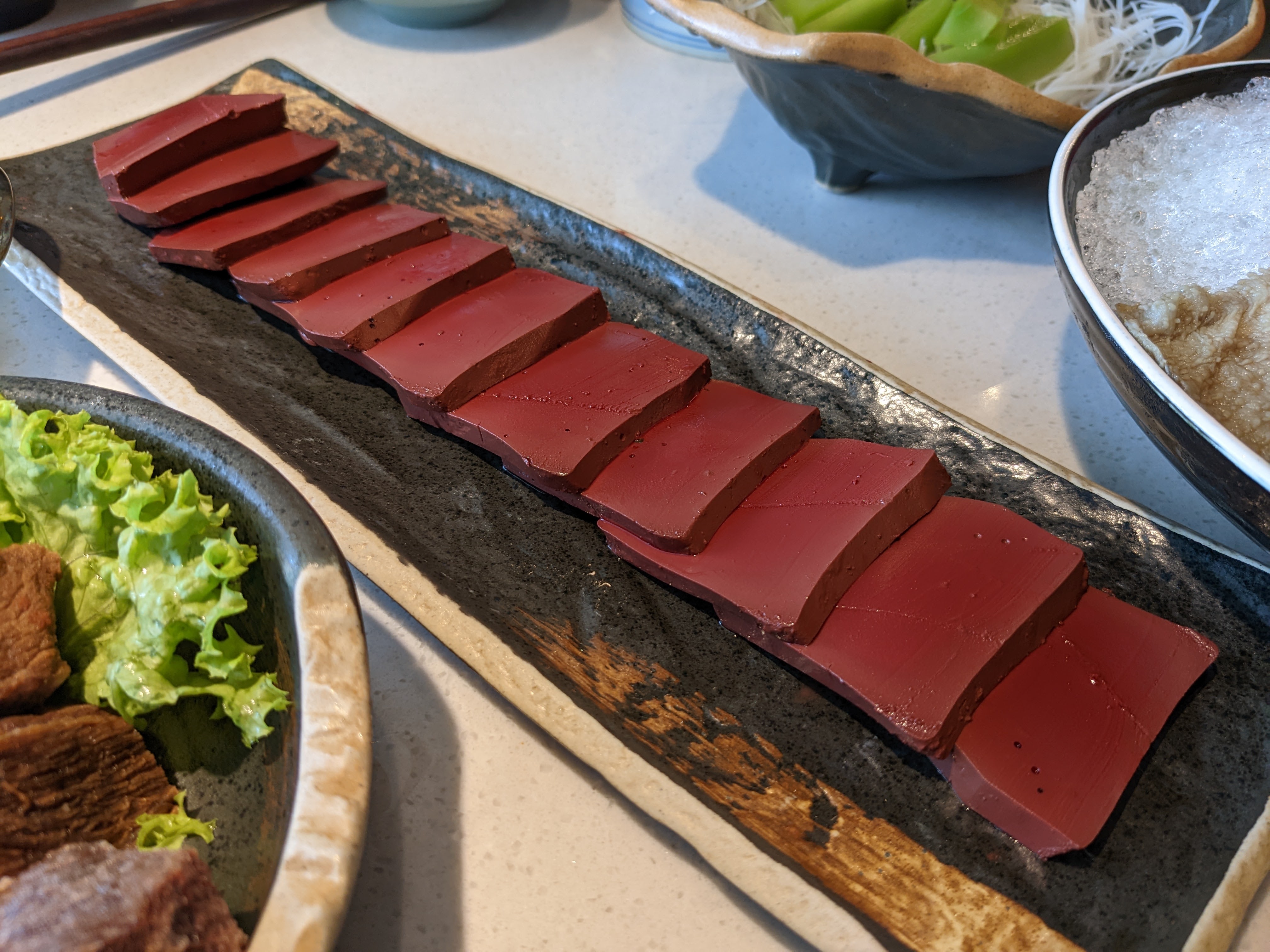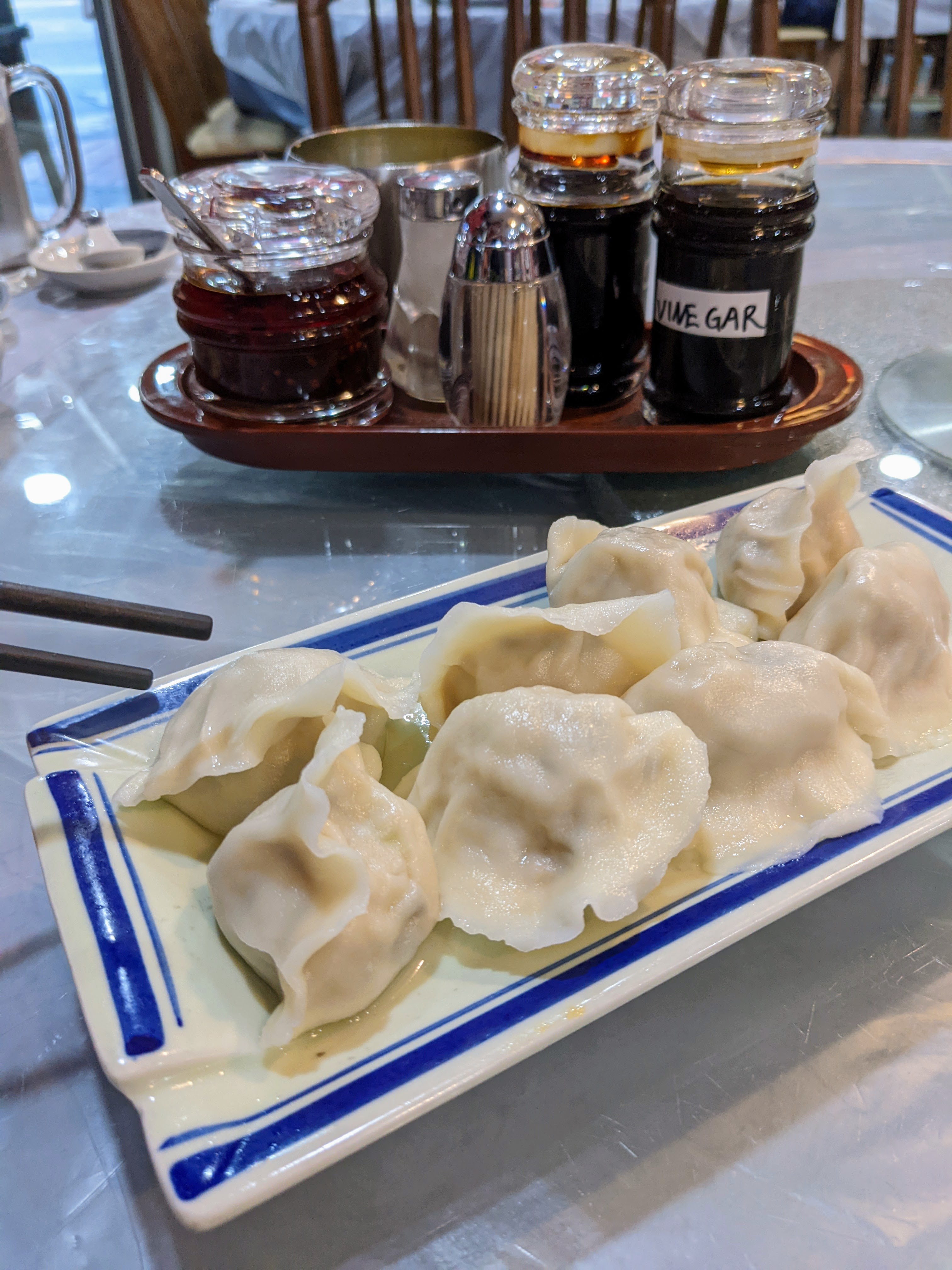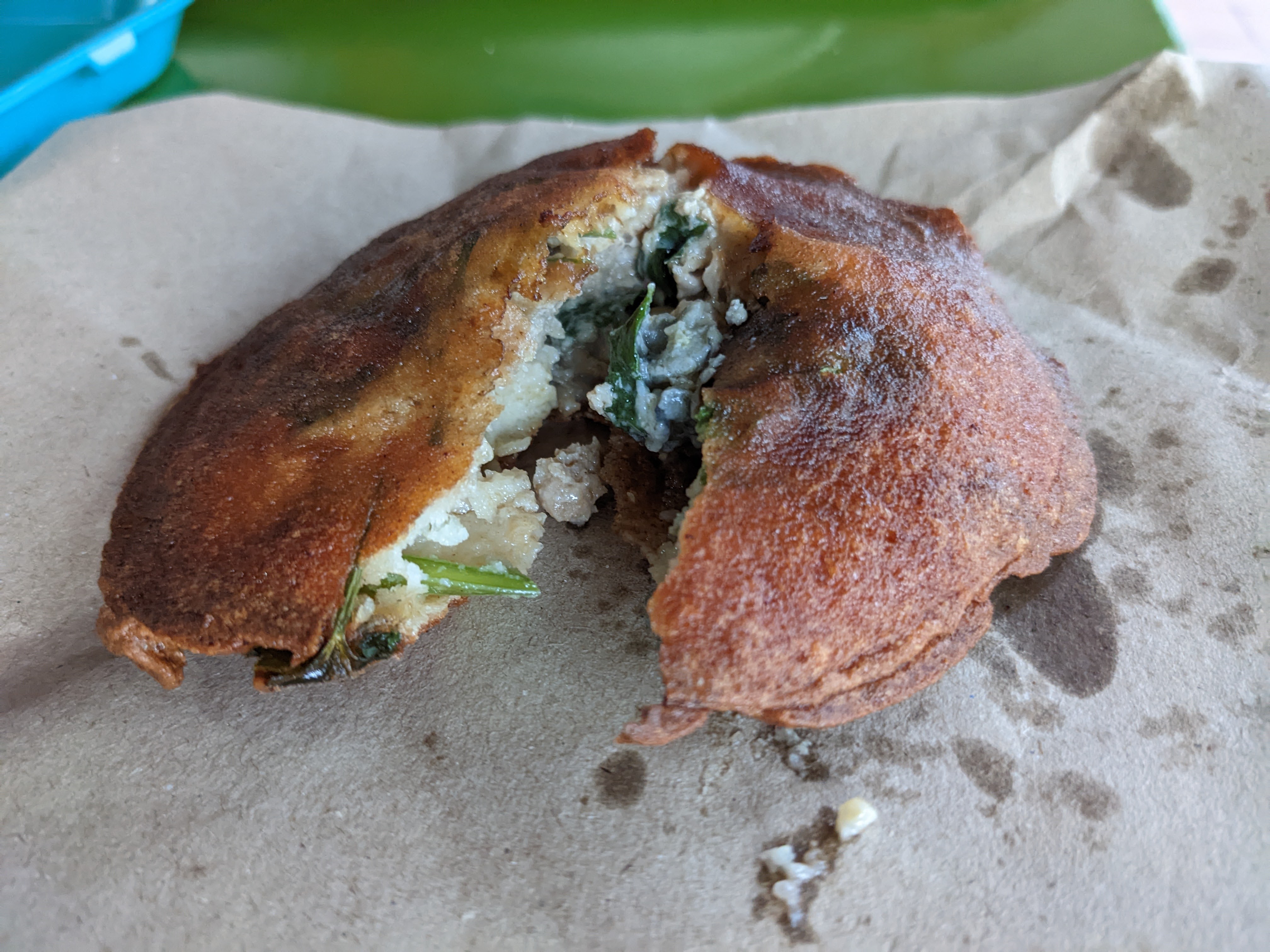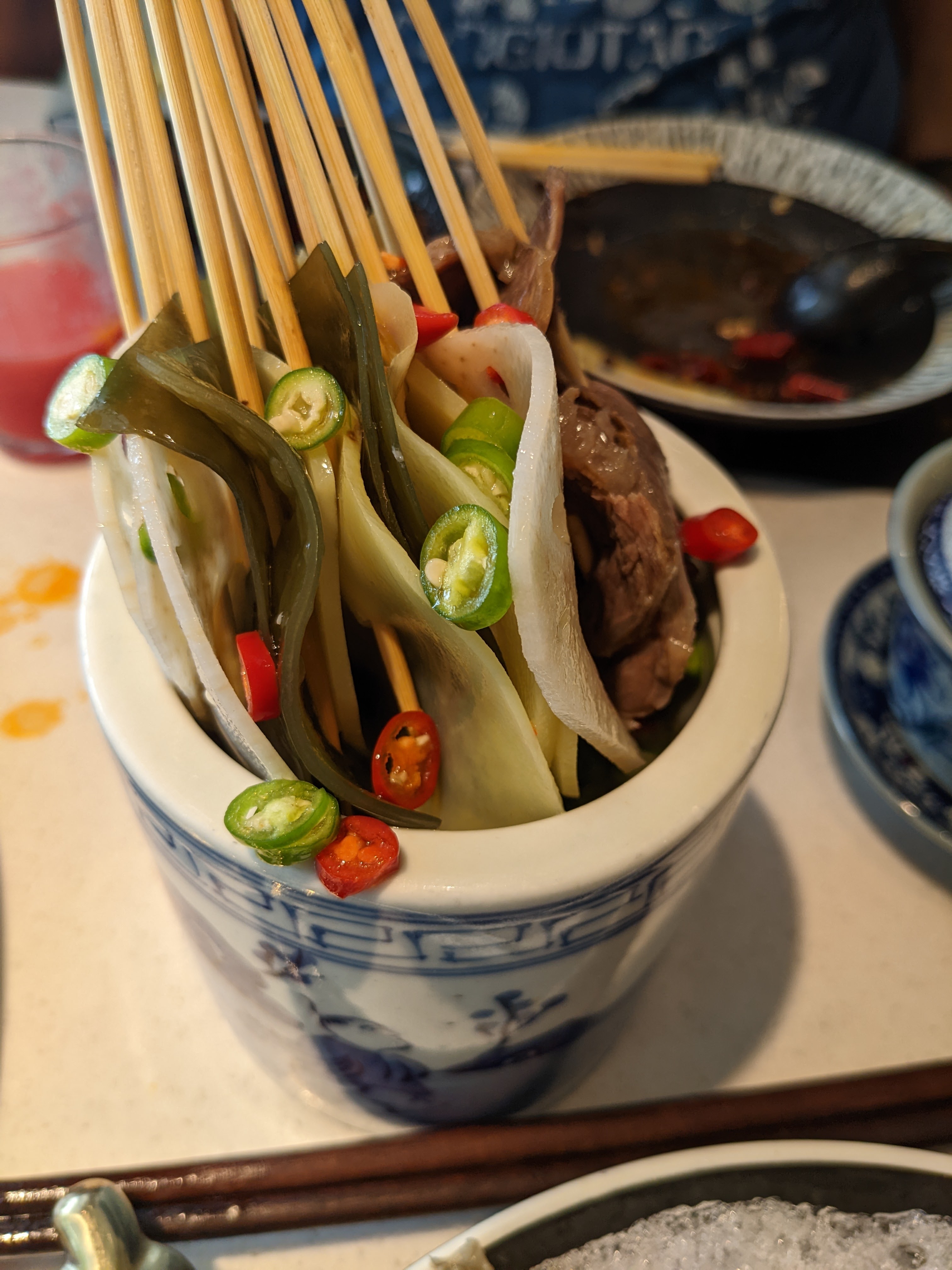Since early 2020, I’ve been hunting down food from every Chinese province, special administrative region and contested island, all on this little red dot we call Singapore. My quest came to an end two weeks ago, and you can find the answers to “so what was the best dish/meal/restaurant?” a bit further down in this post, but I’ll start off with a few things I learned along the way.
The “old guard” of Chinese restaurants in Singapore, run by the second or third generation of immigrants from southern China, are rapidly fading away as both the chefs and their clientele age. Those dishes that have been adopted into the Singaporean pantheon, like “Hainanese” chicken rice, “Hakka” yong tau foo and many Hokkien dishes, have often been mutated beyond recognition but still live on in our hawker centres and food courts. The rest are, sadly, doomed to extinction.



The “new guard” of Chinese restaurants, run by more recent migrants, is undergoing changes of its own. Independent shops are struggling, and many places that I went looking for had already closed for good before COVID came and killed off many more. They’re being replaced by chains from the mainland like Haidilao (海底捞), Tan Yu (探鱼), Yun Nans (云海肴), Juewei (绝味) and more, which have the multi-million dollar budgets needed to rent prime spots in shopping malls, franchise widely and plaster the MRT with advertisements, but also need to tweak their offerings to cater to Singaporean tastes. This phenomenon is by no means limited to mainland China — exactly the same is happening with Japanese and Taiwanese chains — but it is a little sad, particularly as the price points in these fancy places are, by necessity, far higher than the more barebones places they replace. There has also been surprisingly little spillover of the “new guard” into hawker centres, with some notable exceptions of the now-ubiquitous mala xiangguo joints, the heavily-Sichuanized People’s Park, and the odd brave entrepreneur like Da Shao bringing the tastes of Chongqing to Upper Boon Keng.
On a more meta level, I was surprised in both good and bad ways by the Internet’s reaction to the project. Most /r/sg redditors who reached out by DM and/or joined the 34 Province Project Telegram were incredibly helpful and supportive, the readers’ dinners were a blast and as the meme goes, the real treasure was the friends I made along the way. Sadly, there was also a small but loud contingent of keyboard warriors responding to every update with “herp derp CCP wumao shill”, and while I’d like to say it’s because food is intertwined with history, nope, not once did I get a meaningful criticism of any of the snarky oversimplifications I wrote. (On second thought, perhaps this doesn’t surprise me at all.)
Enough meta! Here’s the listicle clickbait you’ve all been waiting for.
Just the stats, man!
Restaurants visited: 112
Restaurants I tried to visit, but couldn’t because they were closed or gone: 5
Packaged snacks and drinks sampled: 13
Meals with random people from the Internet: 6
Meals at somebody’s home: 1
Best restaurants



In no particular order, here are the most memorable restaurants I visited.
Alijiang (阿里疆), from the Xinjiang and Ningxia episodes. You’d think the food from a flashy Chinese chain with turquoise plastic camels outside and avocado-lobster salad on the menu would be terrible, but you won’t be disappointed if you stick to the Xinjiang side of the menu: these guys really know how to cook lamb.
BBQ City (东北菜馆), from the Heilongjiang episode. Of all the places I went to, this is the one you’d never find by accident, since it’s lurking on the upper floors of an industrial warehouse in Bukit Batok. Catering squarely to northeastern Chinese, the food is great, and the great company and expert guidance made it even better!
Plum Village (梅村酒家), from the Guangdong episode. Astonishingly, this appears to be the only Hakka restaurant remaining in all Singapore. Everything about the place is a time warp to days long gone, down to the prices and the home-style cooking: family food, made with love.
Best meals



Chengdu-style mala hotpot at Shuguo Yinxiang Hotpot (蜀国印象-火锅) in Johor Bahru, literally just across the Causeway. Really, really good (having a pro do the ordering helped!), and you can sample forbidden-in-Singapore delicacies like duck intestines and blood tofu.
Beijing food at Hand in Hand Beijing Restaurant (手拉手京华小馆), Jalan Besar. There’s nothing fancy about this place or the food they serve, but the dumplings and meat pies I had here were better than anything I had in Beijing itself.
Guizhou home cooking with @appropriateamount. Amazing dishes and tasty new flavours like fish mint (鱼腥草) and tree ginger oil (木姜子), here’s hoping that private dining idea takes off!
Best new flavours



This quest was all about finding tasty new food, and here are some of my favorites.
Tofu brain (豆腐脑 dòufunǎo) from Guangjuren Xiaochu (广聚仁小厨), in the Tianjin episode. “When I dipped in my spoon and ate my first bite, the heavens parted and an angelic choir sang. This is what my crazy quest is all about! The tofu was still warm, bathed in a mildly salty, mildly sweet broth, with coriander, pickled radish, a mysterious but zingy green sauce and a central dab of dark black mala sauce, with that Sichuan pepper crunch and just the right amount of chilli kick.”
Lanzhou beef noodles (蘭州牛肉拉面 Lánzhōu niúròu lāmiàn) from Western Mahua (西部马华), in the Gansu episode. I had dozens of bowls of various noodles along the way, and I’ve had lamian before, but this was just on an entirely new level, made to order, simple and perfect.
Rattan Pepper Chicken Rice Noodle (藤椒鸡米线 téngjiāo jī mǐxiàn) from Mademoiselle Tang Noodle (唐大小姐), in the Yunnan episode. The noodles here were ordinary, what blew away my tastebuds was téngjiāo (藤椒), the fresh pods of the green Sichuan pepper, crunchy and intensely ma-flavored (more on what that means in Sichuan). Paired up with equally fresh red chilli padi, this was the kind of intense real-Thai-level flavour you can feel heating your stomach for hours afterwards.
Honorable mentions





Best value: the enormous $1.50 “big bao” (大包) from Thousand Tastes Shan Dong Da Bao (千味山東大包), from the Shandong episode.
Best dessert: Candied fresh strawberries at Kāng Jì Bīngtánghúlu (康记冰糖葫芦), from the Beijing episode.
Weirdest restaurant concept: the space-themed Chef China 华厨 Hua Chu, from the Jiangxi episode.
Best accessory: the free “condoms” at Manchurian Lamb Hotpot (满族全羊铺) from the Liaoning episode, which actually contain disposable gloves. Pair with BBQ Lamb Penis for maximum comedy value.
Unexpectedly delicious: Donkey burgers, from the Hebei episode. Sadly not available for sale in Singapore.
Bonus: Late additions



Perfectionist that I am, I visited a few more places after publishing and wrote them up, so have a read if you missed them the first time around:
Fujian: Maxwell Fuzhou Oyster Cake (new)
Sichuan: Shisen Hanten (meal at restaurant after takeout earlier), Shuguo Yinxiang Hotpot (new)
Taiwan: Fong Sheng Hao (new, visited twice)
Yunnan: Yun Nans (meal at restaurant after takeout earlier)
Farewell
And that, dear reader, is all: as I write this, there are less than ten days to go before my ten years in Singapore come to an end and I bugger off back to Australia. Here’s hoping this series leads you to some culinary discoveries of your own.
<<< Vegetarian | Index
I loved this series, it has made me realize the diversity of China, which I thought was a homogeneous blob!
Looking forward to a new series from the Land down under 😀